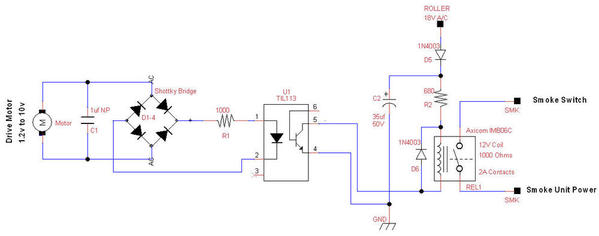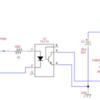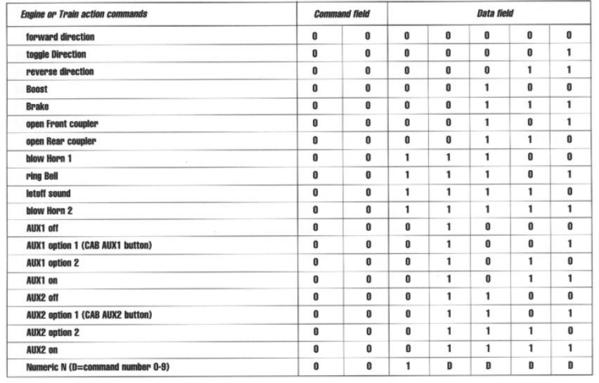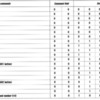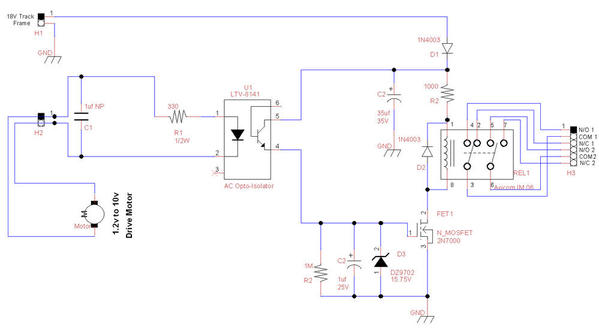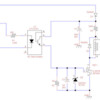Recently, I converted this neat little MTH Docksider to TMCC using the Electric Railroad MiniCommander 2 board. Since I wanted electrocouplers, I was left with no way to control the smoke unit, except the chassis switch. That's not really satisfactory if you want to have smoke, but when you stop you don't want it to smoke you out of the place! So, I set about designing a method of running the smoke only when the locomotive was in motion.
The obvious way to deal with this is to sense motor voltage, so that's the route I took. The basic circuit is a diode bridge using Shottky diodes (for the low voltage drop) to feed an opto isolator that will trigger whenever voltage is detected on the motor. Since the motor can run in either polarity, and the opto isolator is obviously polarity sensitive, the diode bridge converts either polarity to a single polarity voltage.
The other side of the opto-isolator drives a 12V relay that is fed directly from track power rectified and filtered. The relay is a miniature model with a 12V 10ma coil and 2A SPST contacts. Whenever the motor has applied voltage, the opto-isolator conducts and closes the relay to run the smoke unit.
It was necessary to separate the circuit into two modules because of space limitations inside the small engine. the pictures tell the tale.
If you need to have a bit more voltage for some applications, a couple of pairs of series diodes will give you more voltage on the bridge, but less on the motor. That wasn't necessary here, the fan normally starts on TMCC step 1.
This same technique could be used with a normally-closed relay from the same family to turn on cab lights only when the locomotive is stopped.
I hope this little project is of use to someone, I know it solved an issue that I had and was a fun afternoon project to do.
The Intended Victim
The Completed Modules Before Packaging
The top module is the four diodes and the capacitor, the bottom module is the rest of the circuit.
The Completed Modules Ready To Install
Left Side Module Placement
Right Side Module Placement
Automatic Smoke Control Schematic
Note: Right click on schematic and select View Image to see it in full resolution.
Edit, replaced missing graphics.




